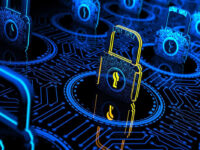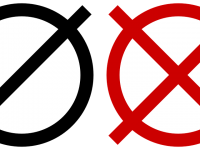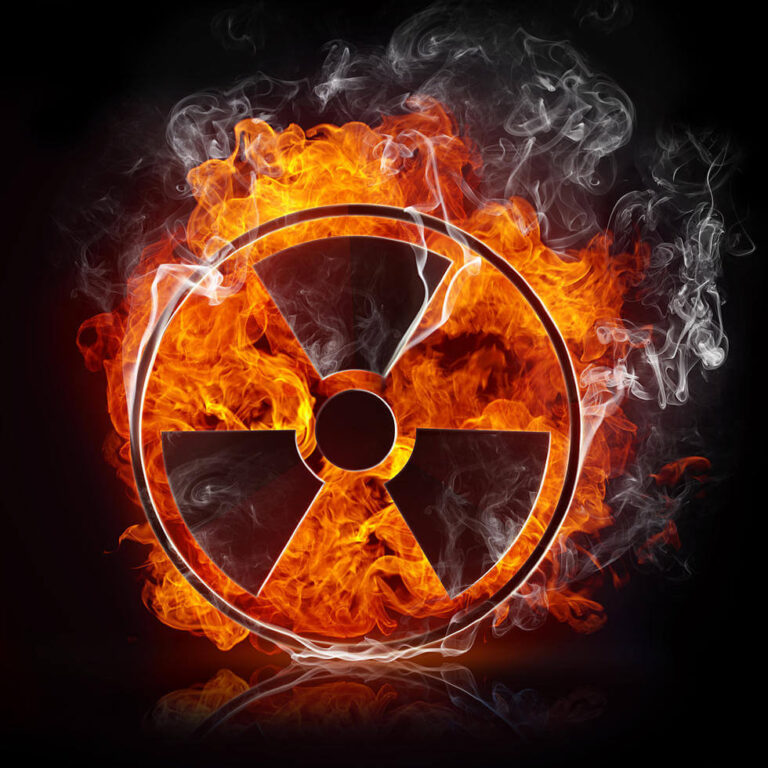Nuclear security is the prevention of unauthorized access to nuclear materials that may be in production plants or reactors or in transit to prevent them either making a crude nuclear device or a radiological weapon.
Nuclear security networks are a key instrument to gather professionals around the common subject of interest.
Table of Contents
Nuclear Energy is almost here:
We use radioactive isotopes in medicine and we use them for nuclear energy. We use nuclear radiations for non-destructive testing in engineering and many fields of scientific research such as radioisotope labeling and neutron or x-ray diffraction.
We are also surrounded by natural radiation every day from the earth’s crust and the sun.
And fortunately, small amounts of radiation are harmless. but its large amount can be very harmful. Added to this is the possibility that nuclear technology can be diverted to non-peaceful purposes.
What do we do to ensure that our safety and our security are not compromised by the promise of nuclear technology, how do we guarantee that nuclear materials are used only for peaceful purposes?
Nuclear Technology is potentially hazardous :
Harm from radioactive materials can occur as a result of direct exposure to ionizing radiation. And it can occur from radioactive contamination. In large enough doses, ionizing radiation can cause extremely dangerous radiation burns by killing cells.
This is also what happens, intentionally in radiotherapy. With lesser radiation doses, there is the possibility of causing damage to cells’ DNA. Because radiation is potentially hazardous, the risk of using any nuclear technology is assessed against the ethical benefit.
This justification is the first step in assessing nuclear safety.
Nuclear security history:
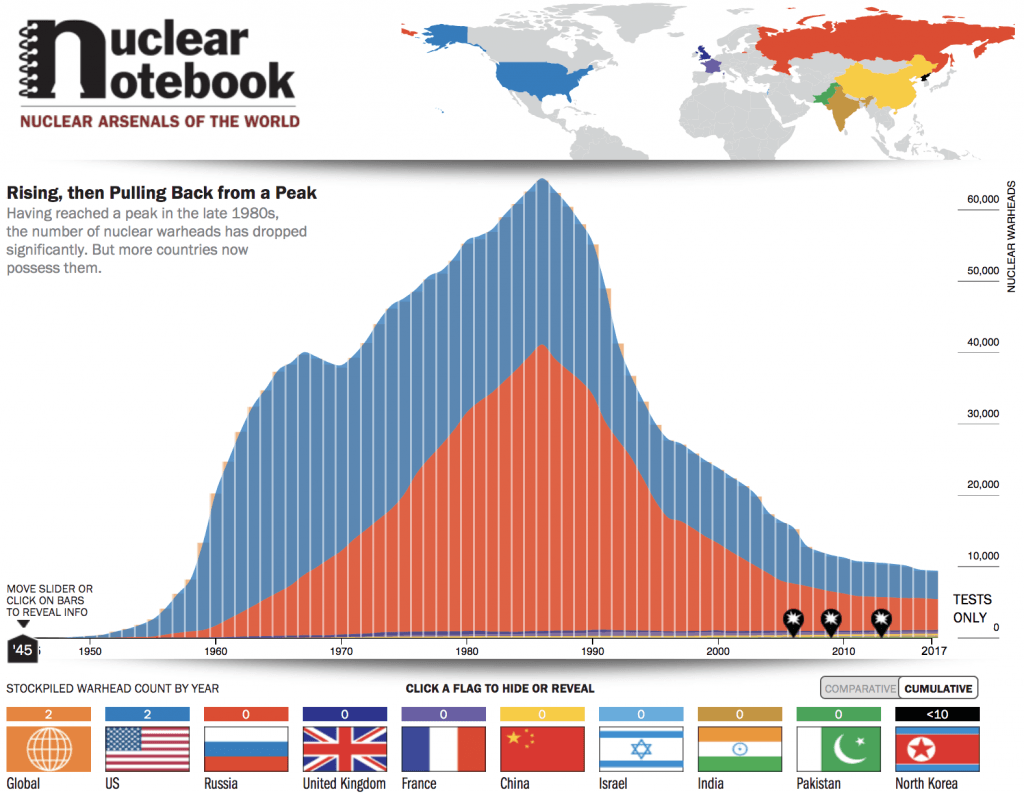
In the 1950s and 1960’s the United States, the Soviet Union, France, the UK, and China repeatedly tested nuclear weapons and explosives and become nuclear power states.
The cost and the other barriers in acquiring nuclear weapons were falling for all states.
On March 21, 1963, US president John F.Kennedy’s words reflected the mood, when he said:
“I see the possibility in the 1970s of the president of the US has to face a world in which 15 or 20 or 25 nations may have nuclear weapons. I regard that as the greatest danger and hazard in near future.”
How could the states of the world reduce the risk that nuclear weapons would be used, and reduce the risk of actual nuclear war from spiraling out of control and manage air force nuclear security?
Against this backdrop, “The Treaty on the non-proliferation of nuclear weapons,” was created. It defined the states of the world as nuclear weapons states and non-nuclear weapons states.
The nuclear weapons states agreed to pursue eventual nuclear disarmament. The non-nuclear weapons states to forgo any attempt to develop or acquire nuclear weapons.
All signatories are granted an inalienable right to the development of nuclear technologies to peaceful purposes, including the sharing of civil nuclear technologies and helping each other in trade, in advice, and in other collaborative work to facilitate a peaceful environment.
IAES Nuclear Security Plans:
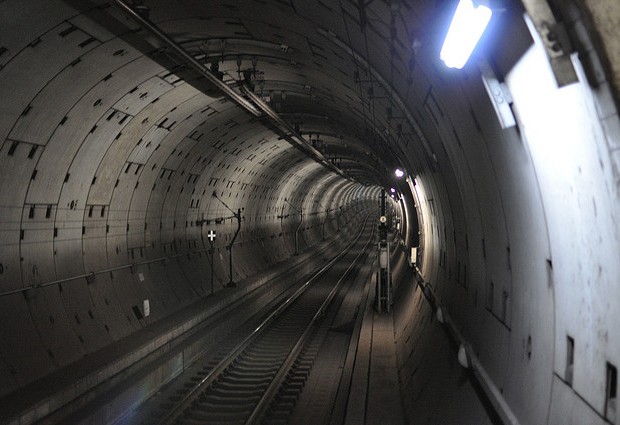
tunnel
The work of the International Atomic Energy Agency occupies a great place in this regard. The nuclear nonproliferation treaty entered into force in March, “1970” and was extended in 1995. It is one of the most successful arms agreements ever, with near-universal membership.
Certain fissionable nuclear materials such as enriched uranium and plutonium can be be used to fuel either reactions or weapons.
Therefore some parts of the nuclear fuel cycle, such as enrichment and reprocessing have dual uses-they apply to civilian, and military purposes.
The purpose of the nuclear safeguards is to verify that all the nuclear materials in a state are being used for peaceful purposes.
Safeguards, consist of reporting firstly, by the state, to the International Atomic Energy Agency of the inventory, and the location of all the materials.
Secondly, the International Atomic Energy Agency will inspect the nuclear facilities of the state, to ensure that what state reports are in fact true. This might be through physical verification by IAES or remote surveillance. This allows the state to demonstrate their adherence to commitments, to the international community, that they made under the nuclear non-proliferation treaty.
This includes the process, the nuclear material accounting system associated with logical and legal frameworks, used by the International Atomic Energy Agency, to demonstrate that nuclear materials can be used for peaceful purposes.
Taken together, nuclear safety, nuclear security and nuclear safeguards unlock the potential of nuclear technology so that we can reap the considerable benefits, while maintaining the safety of people and other species, preserving our security and safeguarding nuclear material.












